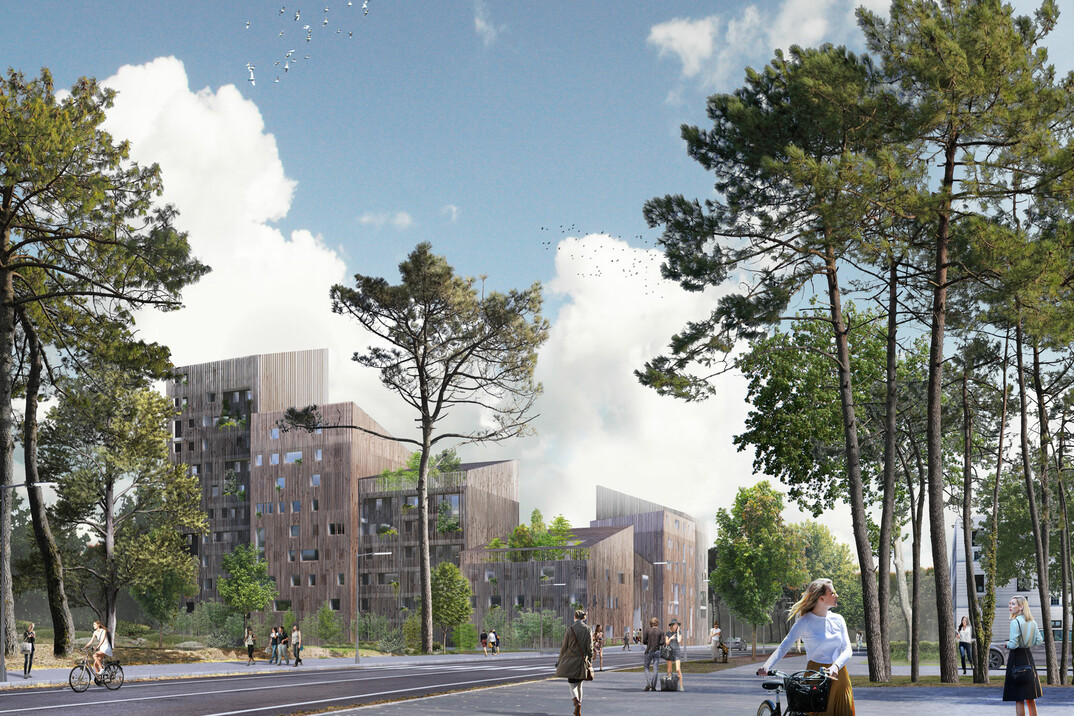Olympic Athletes' Village
Universeine
Lina Ghotmeh — Architecture contributes to the Olympic movement by delivering residences designed for athletes, inspired by the quality of their movement and their tools.
Rhythm, repetition, rigor, detail, and elegance shapethe buildings designed by Lina Ghotmeh — Architecture for the athletes' village. The architecture, tactile and graphic, is orchestrated and inspired by the movement of the athletes. The design of these façades tells the story of precision and integrates seamlessly into the urban context. Javelins rise high, bringing movement along the balconies of these residences. Tubular wooden structures, inspired by the paddles of athletes' canoes, adorn the façades of the buildings, which are themselves constructed from wood. All the building envelopes engage the senses and the material, creating a tactile experience and bodily engagement with the space. The architectural design thus becomes a trace and memory of this extraordinary moment of high-precision sporting events in Paris.
This project is located in Seine-Saint-Denis, within the village dedicated to athletes, and is part of a block composed of 12 buildings designed by different architects, with the urban plan orchestrated by architect Dominique Perrault.
The urban project conceived for the Village offers great flexibility and allows for the reversibility of installations after the event. It constitutes a mixed-use territory in full transformation. The urban strategy adopted is, above all, a long-term vision, aiming to create a new sustainable neighborhood—an area of the city offered to all, deeply anchored in its territory and geography.
Compact and featuring a seven-hectare water body on the Seine, our project meets the requirements for functional and sustainable efficiency, transposing Parisian density while being inspired by the principles of Haussmannian architecture, where buildings adjoin to form the city.
Initially aimed at accommodating athletes, the buildings are also designed for the long term by being adaptable. The residences, once used by athletes, will transform into residential units after the Games, ensuring that this new neighborhood continues to thrive over time. This sustainable and ecological approach is embedded throughout the design of our project. The challenge is always to maintain sustainable commitments while working within very tight scheduling and budget constraints.
Sustainable approach and construction system:
In line with our commitment to sustainable development, buildings in this project have been designed with wooden construction, featuring wooden-frame façades. Low-carbon and bio-based materials have been prioritized. Where concrete was necessary, the project used low-carbon concrete incorporating CEM III cement, whose composition and characteristics reduce CO2 emissions.
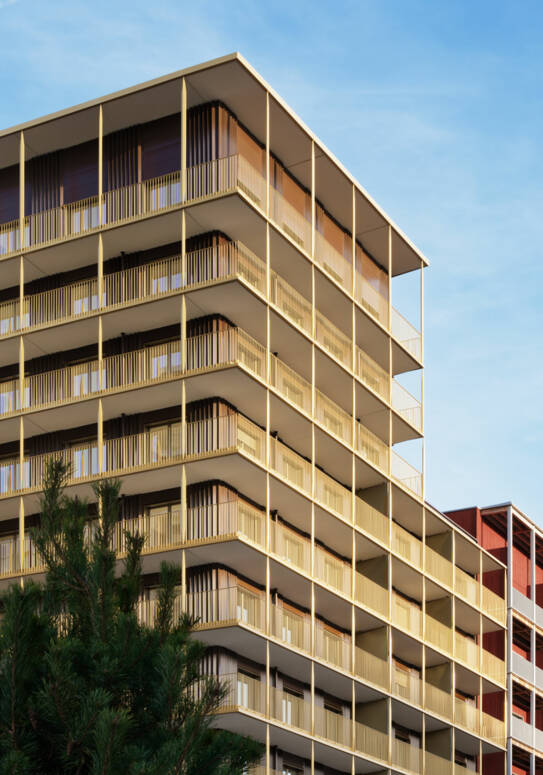
© Takuji Shimmura
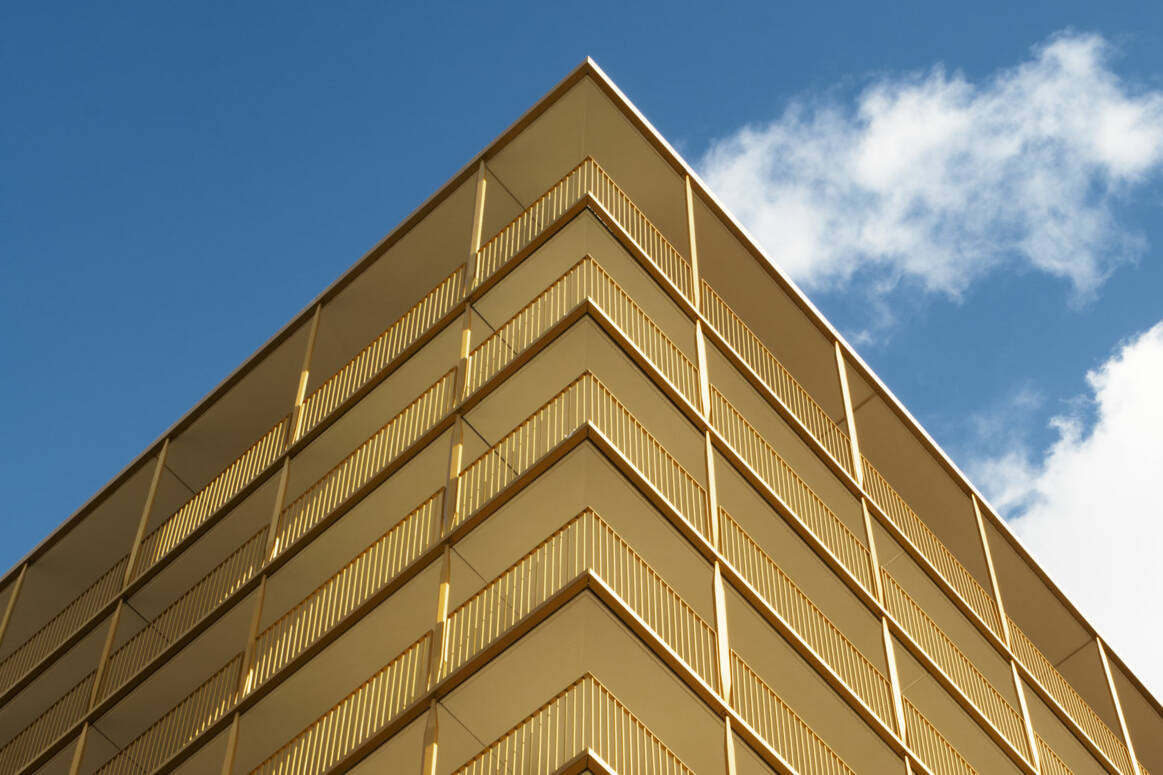
© Takuji Shimmura
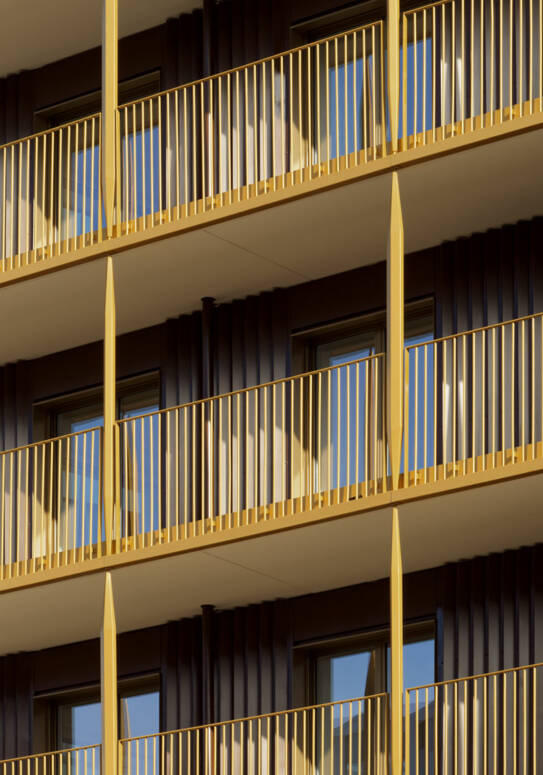
© Takuji Shimmura
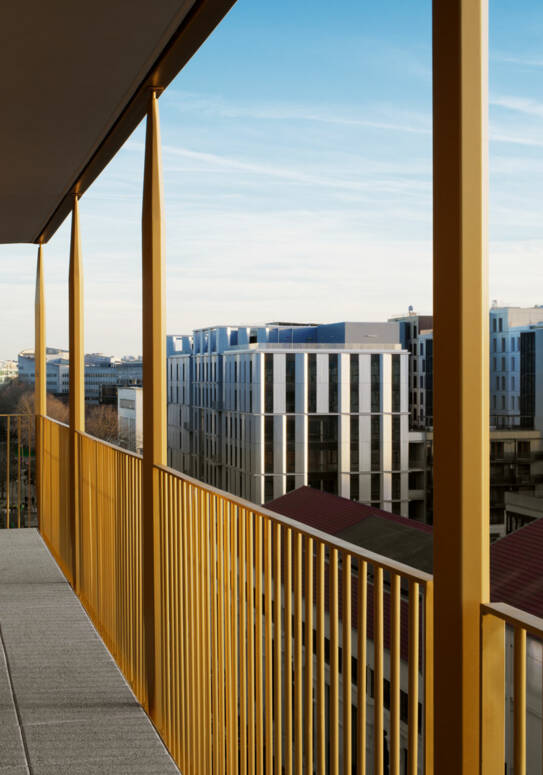
© Takuji Shimmura
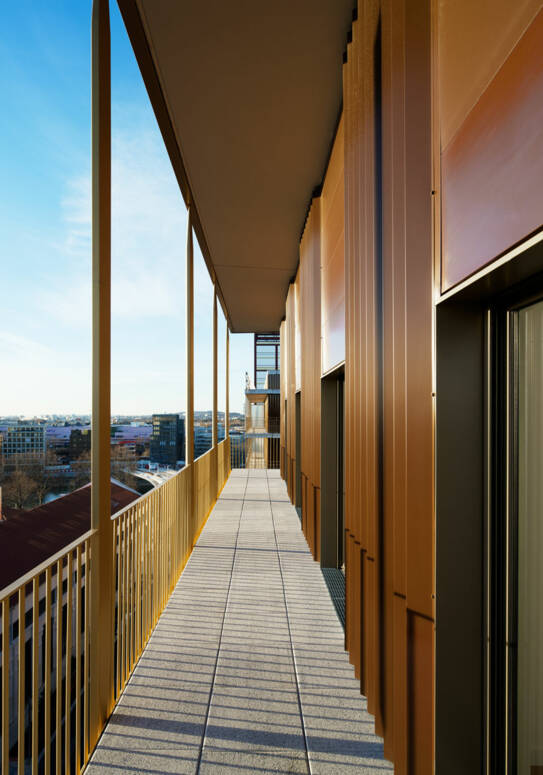
© Takuji Shimmura
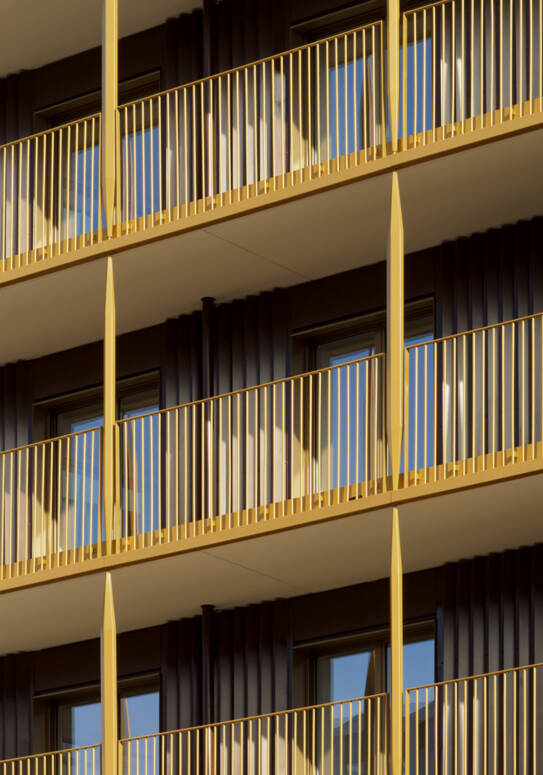
© Takuji Shimmura
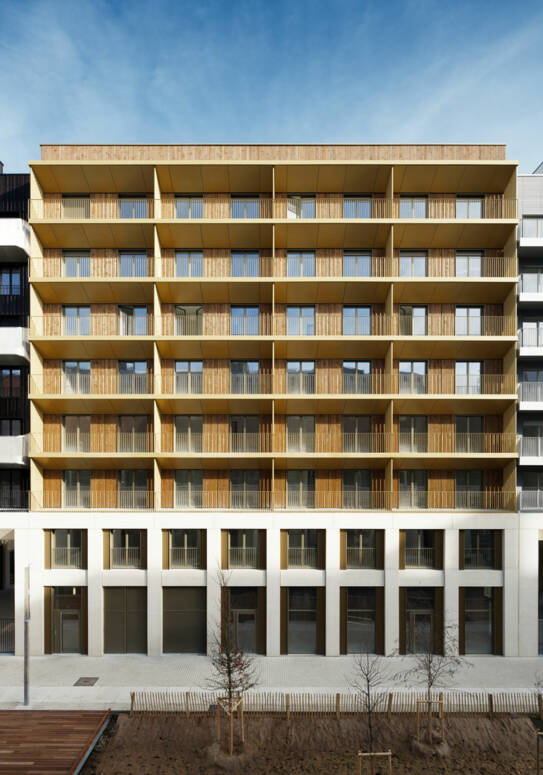
© Takuji Shimmura
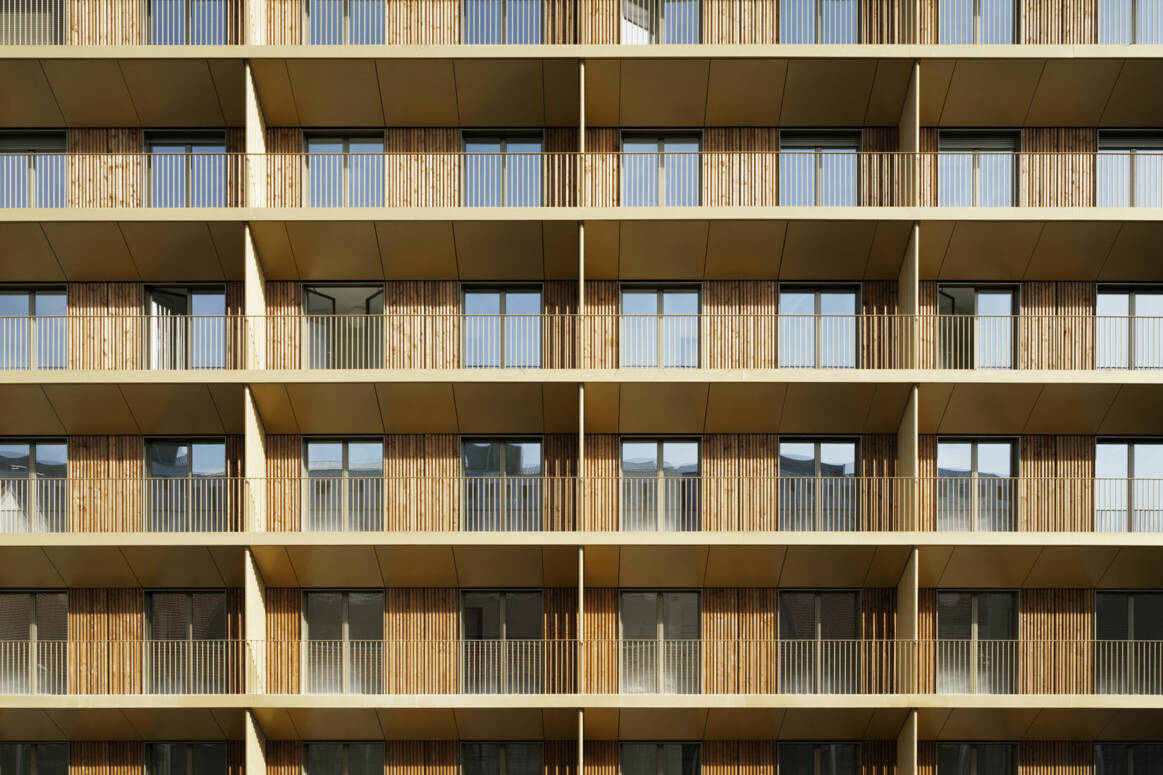
© Takuji Shimmura
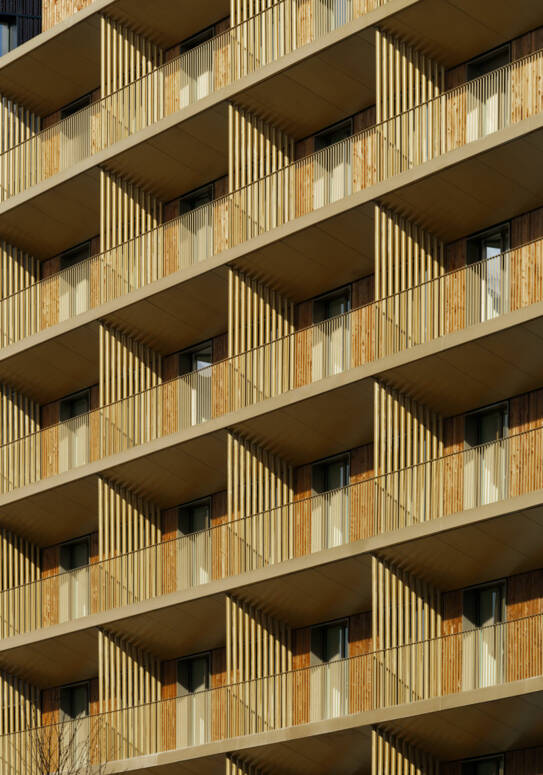
© Takuji Shimmura
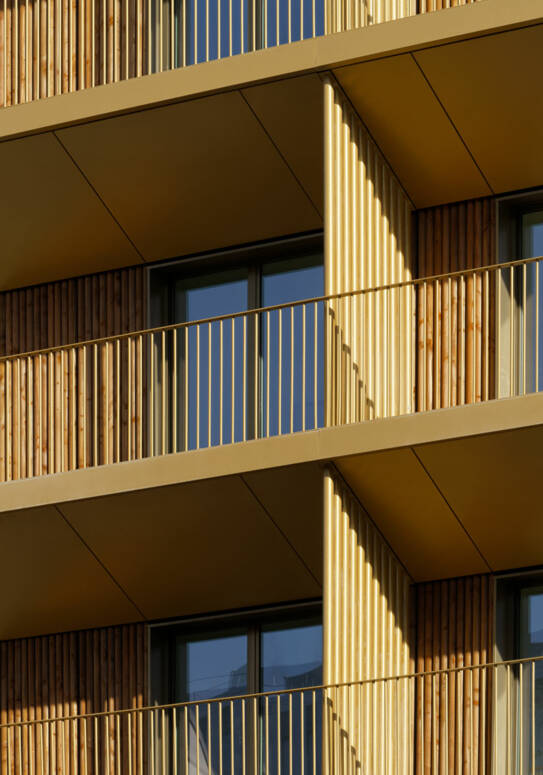
© Takuji Shimmura
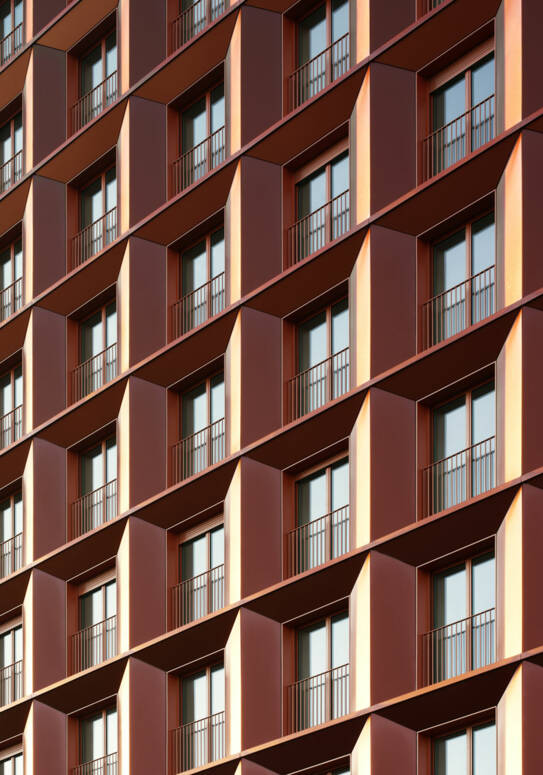
© Takuji Shimmura
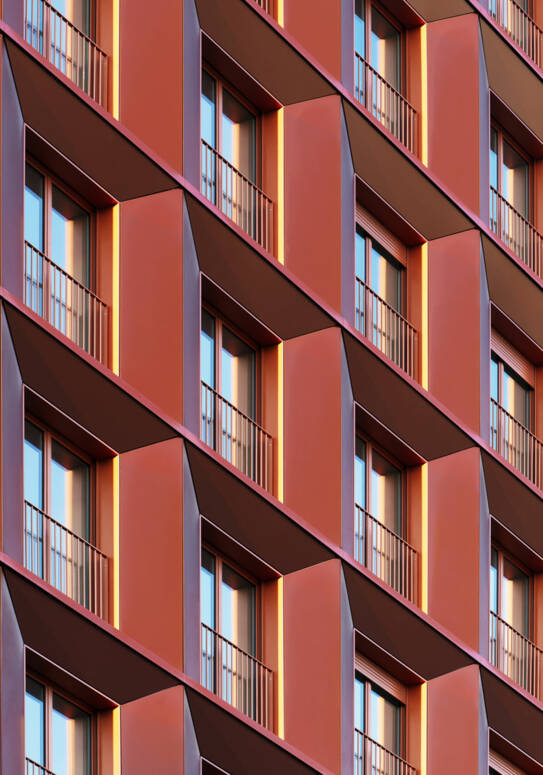
© Takuji Shimmura
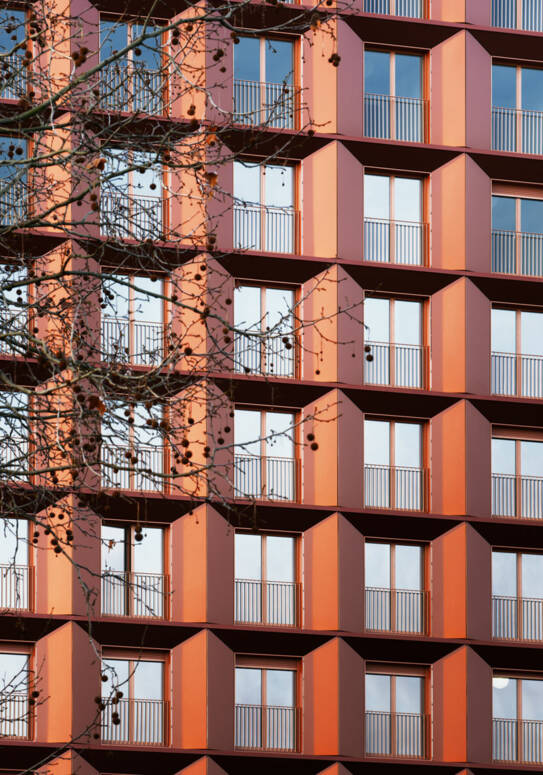
© Takuji Shimmura


